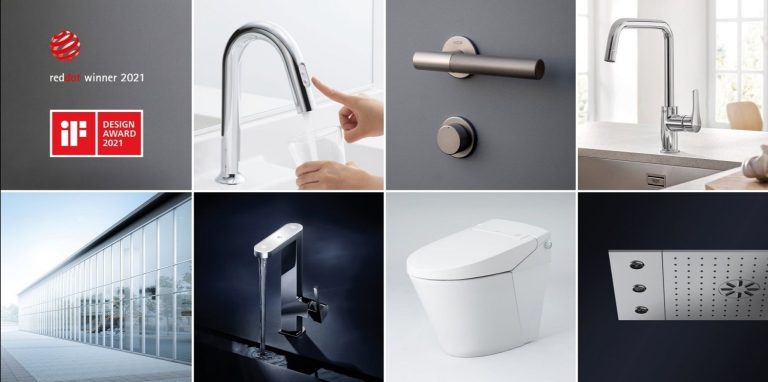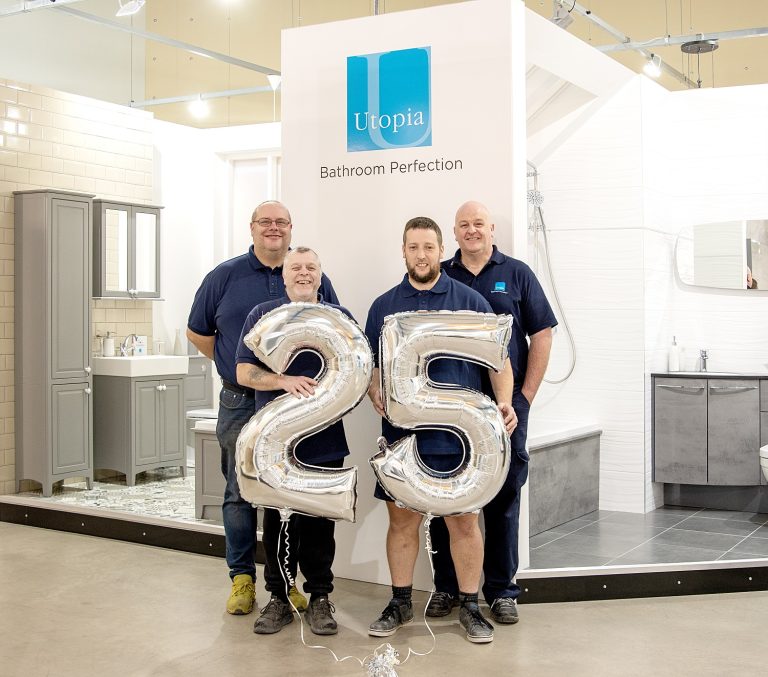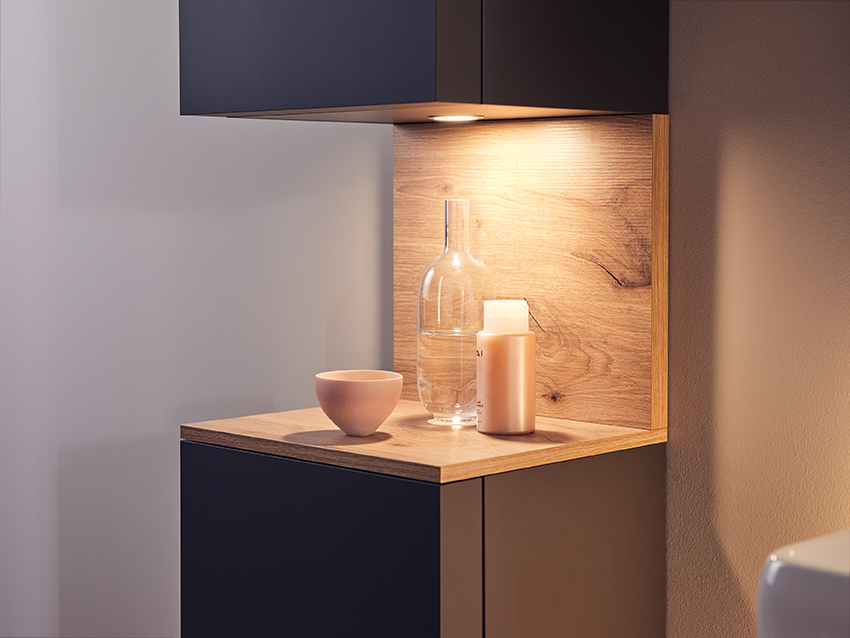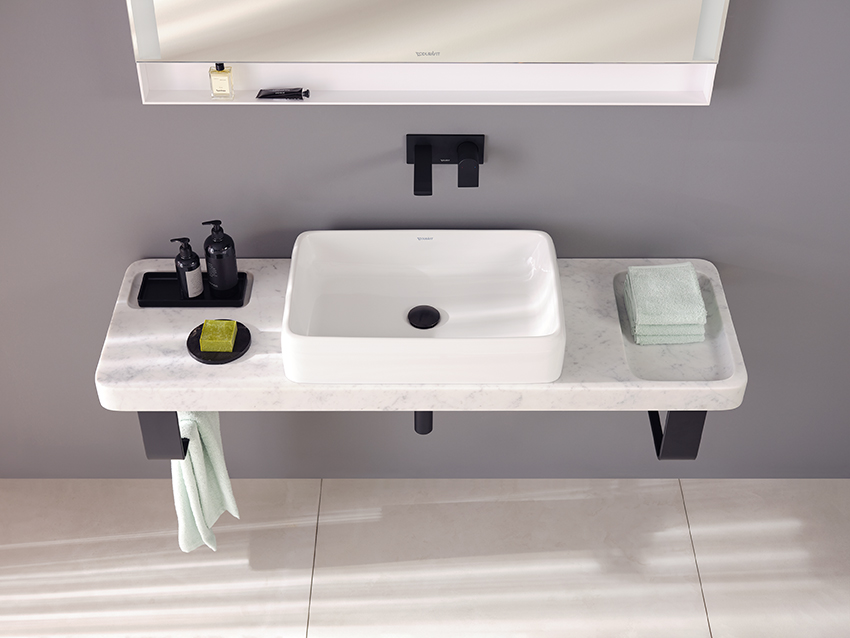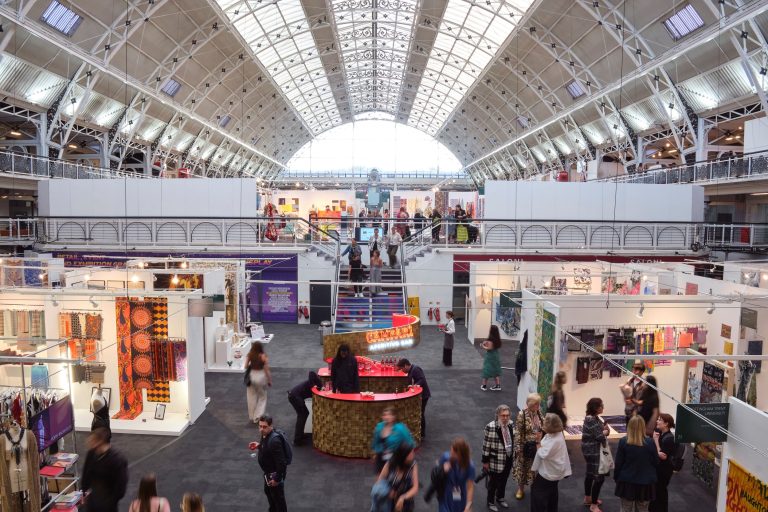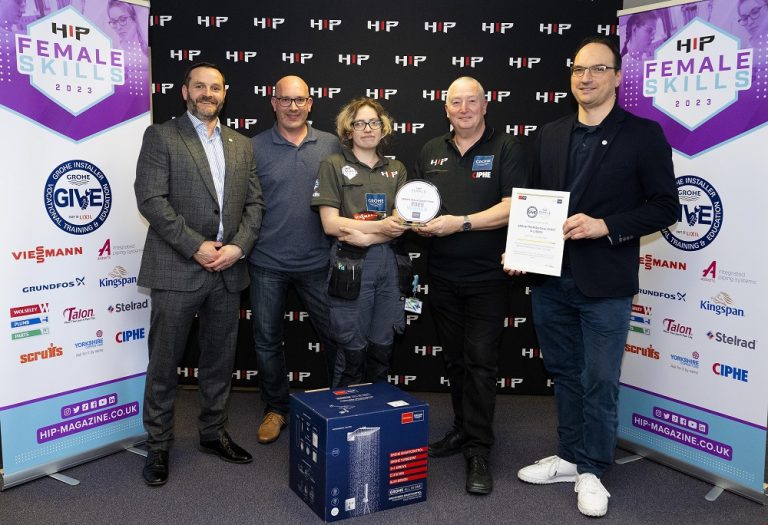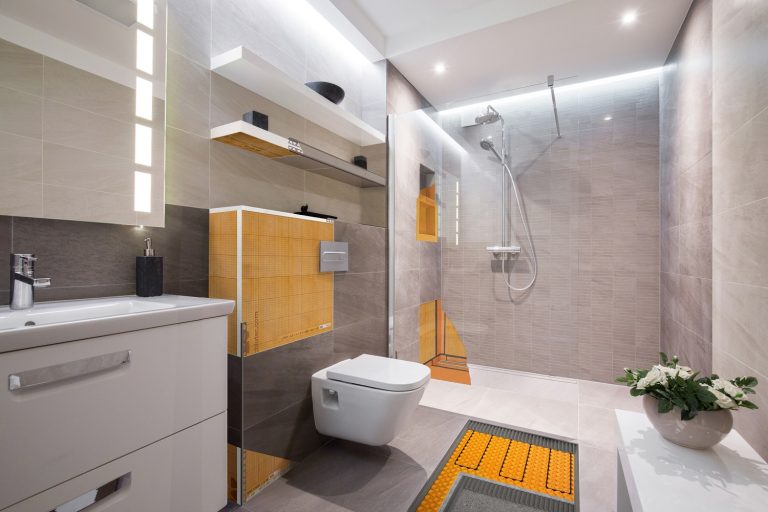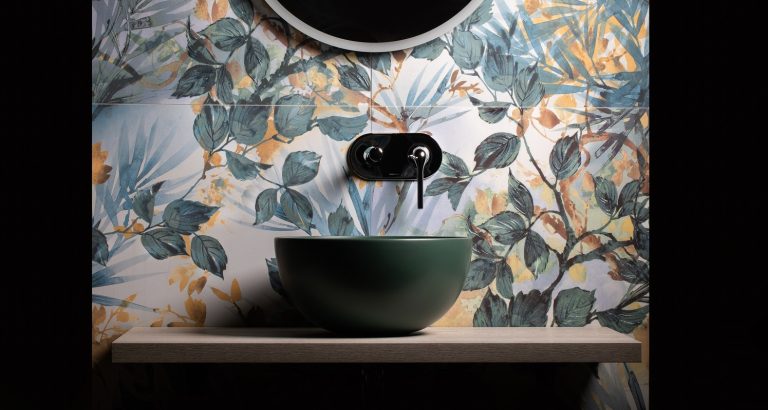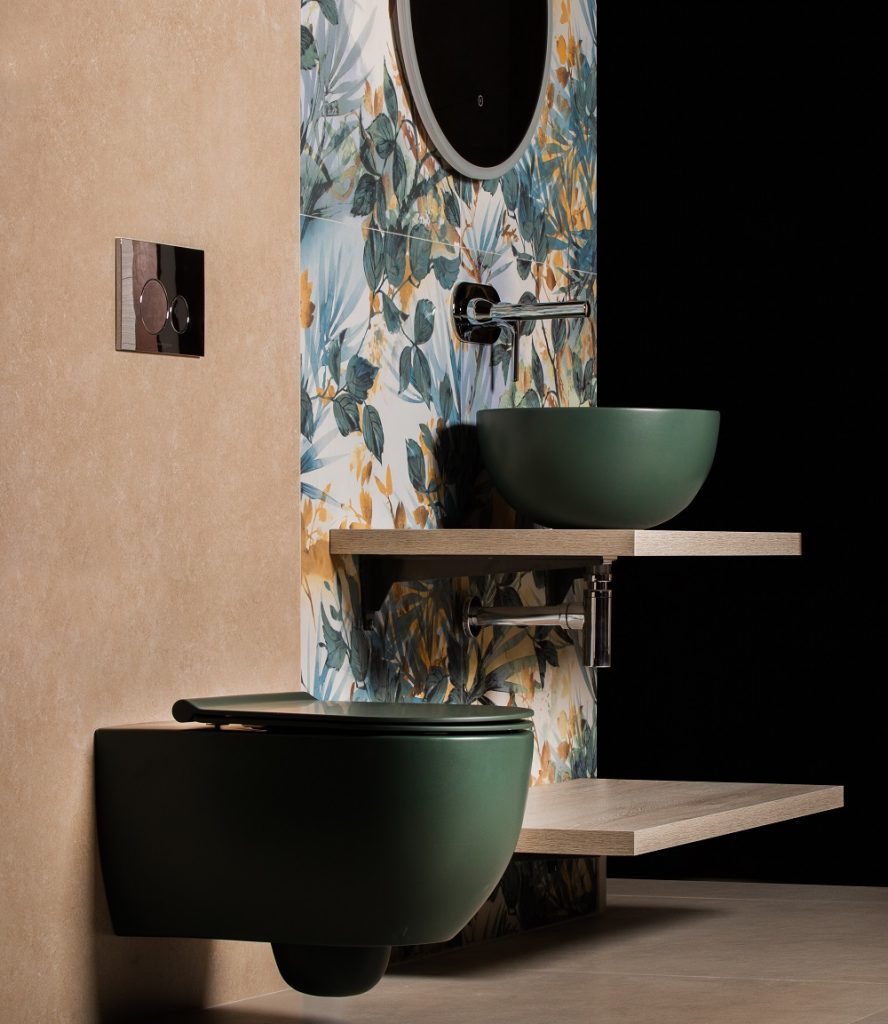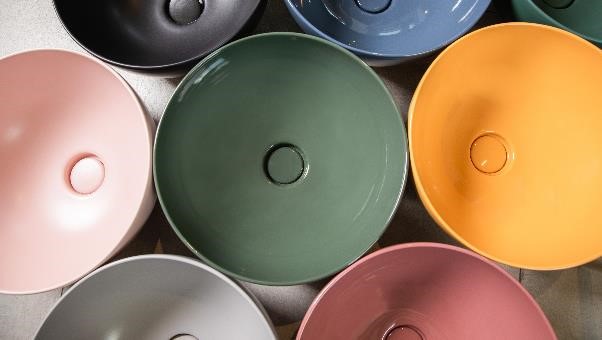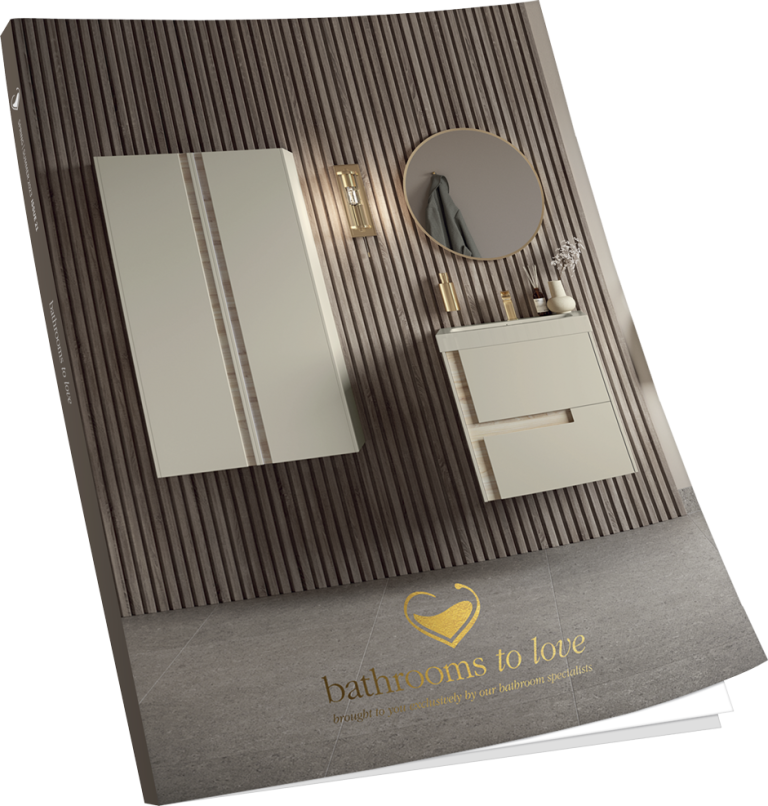Grohe parent, LIXIL, was selected as a FY2023 Nadeshiko Brand by the Ministry of Economy, Trade and Industry and The Tokyo Stock Exchange. This is the seventh time that LIXIL has been selected.
LIXIL has been promoting comprehensive initiatives in areas of Diversity and Inclusion (D&I). The evaluation is in recognition of this, and as a company that demonstrates excellence in advocating the empowerment of women in the workplace,
The selection criteria for the Nadeshiko Brands were even tighter than usual this year, placing a new level of criteria not only on the number of initiatives, but also on whether each company had established a system of advocating the empowerment of women in the workplace that was linked to its management strategy, and was implementing the initiatives in line with that strategy.
This year, 17 companies, including LIXIL, have been selected for the Nadeshiko Brands, which have been significantly reduced from approximately 50 companies in the past. LIXIL has introduced various measures in order to achieve its company-wide strategic D&I goals, which are to by 2030 achieve and equal the ratio of male and female directors and executive officers, and to increase the ratio of women in management positions to 30%. We have also set a regional goal for Japan of maintaining at least an equal ratio of male/female new graduate hires by 2030. In the fiscal year ended March 31, 2022, 53.8% of new hires were female. We are also promoting efforts to create and inclusive environment for all employees. This includes placing emphasis on D&I during all processes from when employees join the company to when they leave, working to correct gender imbalances in training and promotion processes, and strengthening connections between employees through global employee resource groups.
LIXIL President and CEO Kinya Seto commented as follows: “We are delighted to have received these positive evaluations from MSCI and other ESG index providers, reflecting the progress that LIXIL is making on our ESG commitments. To achieve long-term sustainable growth, it is crucial that we incorporate ESG into our business strategies, then grasp growth opportunities while appropriately dealing with risk. I believe this external recognition is a result of our progress in strengthening governance and addressing environmental and social issues, as well as our track record of communicating with stakeholders via transparent disclosure. LIXIL will continue to pursue its purpose of “making better homes a reality for everyone, everywhere,” and strengthen our positive environmental and social impact, today and for future generations.”


